You wouldn't expect your car to maintain itself. Show your sofa and chairs the same courtesy with this 3-part strategy
“What do you mean I have to maintain my new sofa? I spent all this money on the thing and now it wants more of my time and attention?!”
I used to hear this all the time when I sold furniture for a living. As soon as I started to tell my clients how to care for their new upholstery, the rivers of resentment would flow. Let me share with you what I told them about why simple maintenance is not only necessary but worth the effort.
There’s your new sofa or chair
reigning gloriously in your living room: the perfect shape, style and
size, resplendent in the fabric that you agonized over for weeks. And
yet all too often, a year later it looks as though it’s been through a
bad episode of Survivor. The cushions are lumpy, the fabric is wrinkled and dingy, and everything looks crooked and unkempt.
What happened? Assuming you started with a quality piece, you didn’t remember to fluff, flip and fuss!
What happened? Assuming you started with a quality piece, you didn’t remember to fluff, flip and fuss!
Fluff. Because cushions
are not made of concrete, but of soft materials, they must be regularly
fluffed to maintain their shape and comfort. By fluffed, I mean
punched, prodded, poked and pushed around to refresh the shape and loft
of the cushions … just like you do with your bed pillows when they
flatten out.
Actually, fluffing can be
therapeutic. When life gets frustrating, punching my cushions (rather
than something less appropriate) has a positive effect, and I kill two
birds with one stone!
Firmer cushions generally take less fluffing, and squishy ones filled with down take more, but any cushion that gets sat on should be fluffed at least every few days. I generally fluff mine every night just before I go to bed to keep them looking and feeling great. And it’s no big deal; it takes about two minutes.
Firmer cushions generally take less fluffing, and squishy ones filled with down take more, but any cushion that gets sat on should be fluffed at least every few days. I generally fluff mine every night just before I go to bed to keep them looking and feeling great. And it’s no big deal; it takes about two minutes.
Flip. About every two
weeks, you should flip your upholstery cushions. This will ensure that
they wear evenly and will help to maintain their shape. Both the seat
and back cushions need this regular change to perform their best.
If your chair or sofa has an
attached back cushion, this will be a bit more difficult but can still
be accomplished. Attached back cushions usually have a zipper opening
at the bottom, and the cushion innards can be pulled out, turned over,
and reinserted.
Given my druthers, I always choose detached back cushions. They’re not only easier to maintain, but since they have two sides, they last twice as long … providing I flip them regularly.
Given my druthers, I always choose detached back cushions. They’re not only easier to maintain, but since they have two sides, they last twice as long … providing I flip them regularly.
On a three-cushion sofa, people
generally avoid the center cushion like the plague. Consequently, that
cushion will get the least wear. If your sofa has T-cushions (meaning
they wraps around the front of each arm, as in this example), you can’t
move the center cushion to the end — you can only flip it over.
But if your sofa has cushions that
are all the same size and shape, the center one can be regularly
rotated to the ends, greatly extending your cushion life.
Fuss. I use this word
for the sake of alliteration, but by fuss I mean regular vacuuming. It’s
easy to see dust on a shiny tabletop, and you’re quickly motivated to
get out the feather duster. But even though you usually can’t see it,
the same amount of dust has settled on your upholstery.
In this case, “Out of sight, out of mind” results in a reduction of the fabric’s life. As we sit on a dusty cushion, the dust gets down into the fibers and acts like sandpaper, causing the material to wear much more quickly.
In this case, “Out of sight, out of mind” results in a reduction of the fabric’s life. As we sit on a dusty cushion, the dust gets down into the fibers and acts like sandpaper, causing the material to wear much more quickly.
So every time you dust your
wooden furniture, remember to be just as kind to your upholstery. Get
out the vacuum and give the fabric a quick once-over. I find a little
handheld vacuum to be very effective and convenient.
When I was a little kid, I would
look at these “under penalty of law” tags and think the police would
come haul me off if I dared remove them. Lots of other people must have
thought the same thing, because when I would go to check out a client’s
new sofa, there was often — in front of God and everybody — the ugly
tag hanging from the upholstery.
Please do remove this tag, but do not throw it away. It contains a fount of valuable information about your new upholstery, like the body and cushion content, style and fabric numbers, and delivery date. Staple it to your invoice or warranty and file it safely away. Doing this will practically guarantee you will never need it.
Please do remove this tag, but do not throw it away. It contains a fount of valuable information about your new upholstery, like the body and cushion content, style and fabric numbers, and delivery date. Staple it to your invoice or warranty and file it safely away. Doing this will practically guarantee you will never need it.
Direct sunlight is the bitter enemy of your new upholstery fabric. Ultraviolet rays are just as destructive to your piece as small children with permanent markers.
Honestly, would you ever expect your shiny new car to maintain itself? Your new upholstery is just as needy.

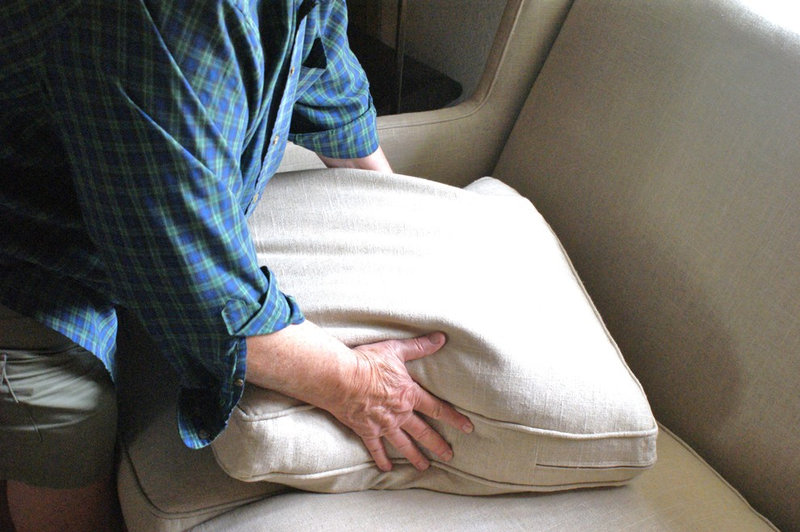
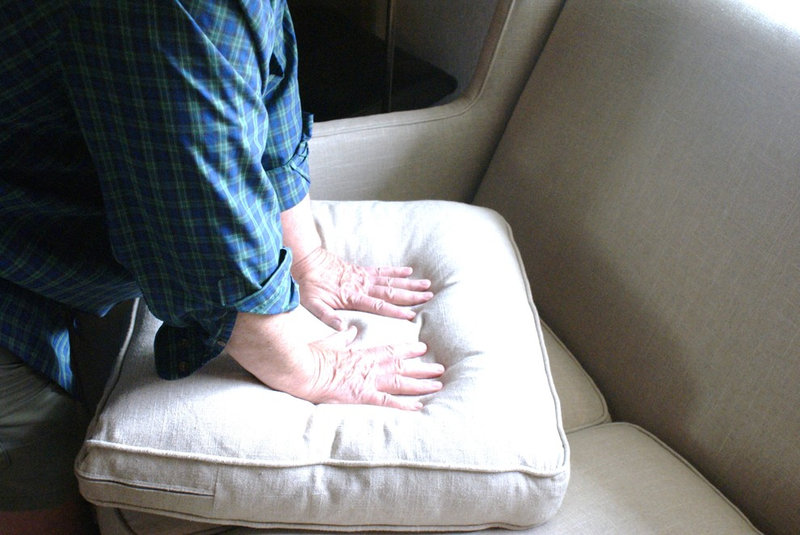
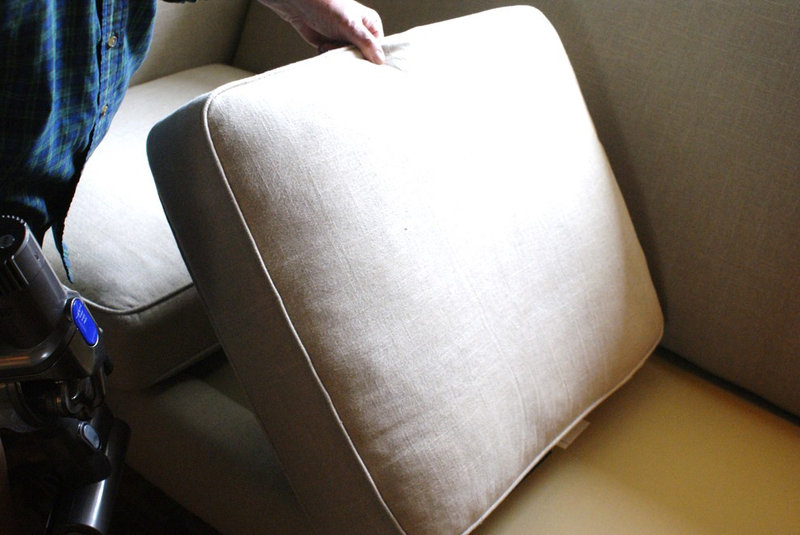

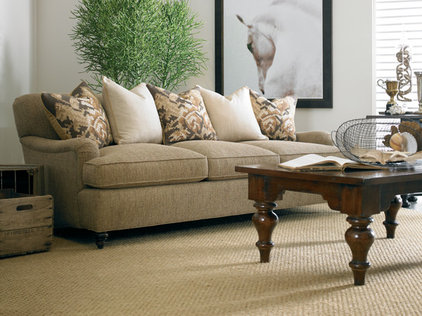

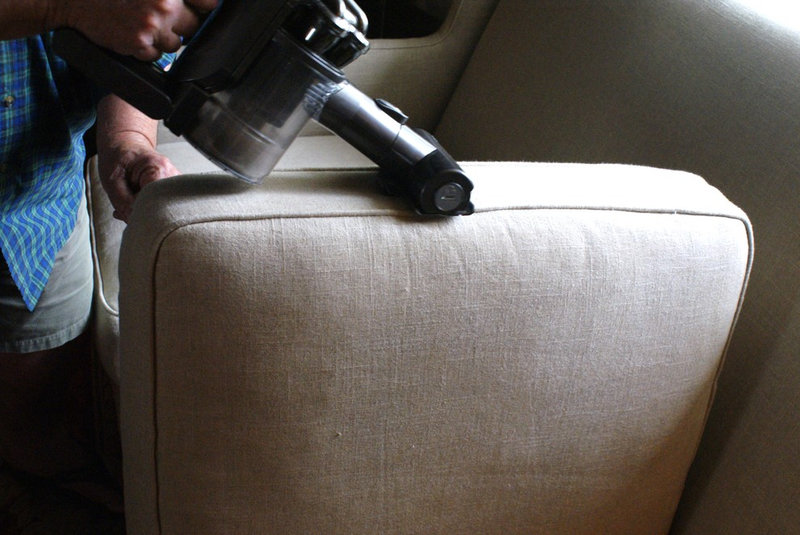
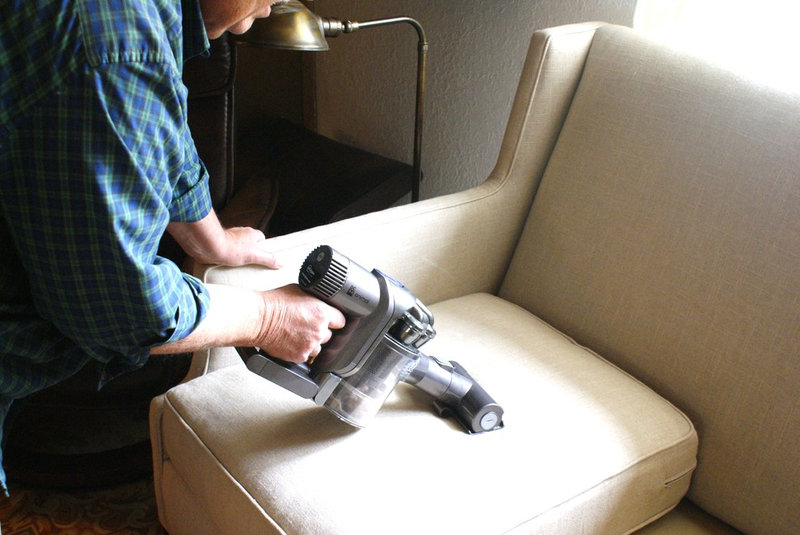
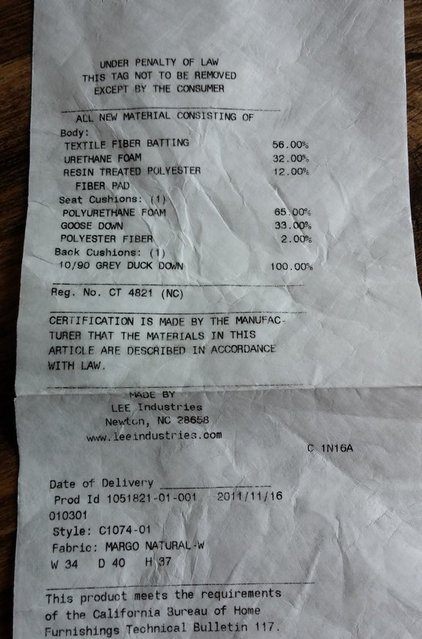

No comments:
Post a Comment